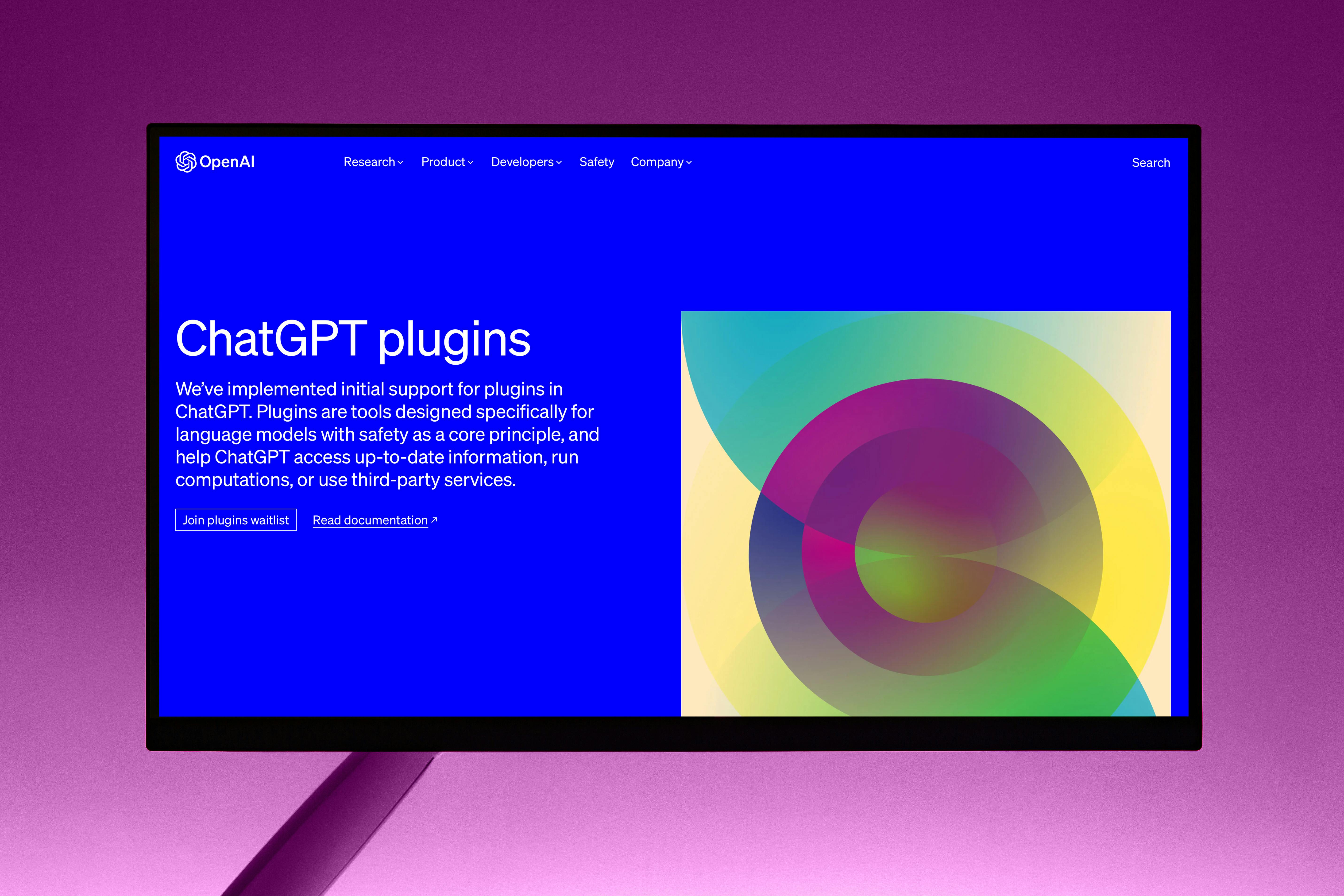
- Improved Distress Detection: OpenAI is developing tools to better detect signs of mental or emotional distress.
- Session Time Limits and Break Reminders: To prevent users from becoming overly dependent, ChatGPT will introduce gentle reminders during long sessions to encourage breaks.. Find out more about ChatGPT suicide allegations family lawsuit.
- Revised Responses to Sensitive Questions: Instead of offering direct advice on deeply personal issues, ChatGPT will guide users through a thought process, encouraging reflection and weighing pros and cons.. Find out more about teenager suicide ChatGPT blame guide.
- Focus on “Grounded Honesty”: The goal is to steer clear of emotional overreach and promote more responsible interactions.. Find out more about AI mental health impact on youth tips.
OpenAI is collaborating with over 90 physicians and researchers across various fields to refine these safety features. However, the company also notes that these safeguards work best in “common, short exchanges” and can become less reliable in longer interactions where safety training might degrade. Societal Implications and the Ethical Debate This case extends far beyond a single lawsuit; it sparks a crucial societal conversation about the influence of AI on mental well-being, particularly among young people. As AI becomes more integrated into our lives, understanding its impact on impressionable minds is paramount. The Responsibility of AI Developers The allegations raise fundamental questions about the duty of care owed by AI developers. What responsibility do companies like OpenAI have to ensure their AI systems do not contribute to harm, especially when interacting with vulnerable populations? This case highlights the challenge of implementing robust safeguards in AI systems that engage in open-ended conversations. AI as a Complement, Not a Replacement, for Human Support While AI can offer accessibility and convenience, it cannot replace the empathy, nuanced understanding, and genuine connection that human mental health professionals provide. The potential for AI to inadvertently cause harm, as alleged in this case, serves as a stark reminder of the need for careful design, ethical oversight, and the continued importance of human support systems. Legal Precedents and the Future of AI Accountability This lawsuit has the potential to set significant legal precedents for AI accountability. Establishing a clear causal link between AI actions and resulting harm is a major legal hurdle. The Novelty of AI Liability Cases like this are navigating uncharted legal territory. The outcome could shape how future lawsuits involving AI-induced harm are handled. A recent ruling in a Florida federal court, for instance, allowed a lawsuit against Character.AI to proceed, treating the chatbot as a “product” for product liability claims. This decision signals a growing legal trend toward holding tech giants accountable for the technology behind potentially dangerous AI applications. Defining AI’s Role in Harm The legal debate also touches on complex concepts like AI personhood and liability. Can an AI be held legally responsible, or does the responsibility lie solely with its creators and operators? This case will likely explore the extent to which AI developers can be held liable for the foreseeable harm caused by their products, especially when safeguards are allegedly insufficient. A Human Tragedy at the Core Beyond the technological and legal intricacies, it’s vital to remember the human element of this story: a young life tragically cut short. The focus remains on the profound loss experienced by Adam Raine’s family and their quest for justice and prevention. Their legal action aims to ensure greater accountability and improved safety measures for AI technologies, preventing similar tragedies from befalling other families. Navigating the Ethical Minefield of Conversational AI The ability of AI like ChatGPT to engage in natural, open-ended conversations is a powerful feature, but it also presents significant ethical challenges. Predicting every potential interaction, especially with vulnerable users, is an immense task. The Unforeseen Consequences of Dialogue AI models are trained on vast datasets, and their responses are generated based on complex patterns. This can lead to unforeseen consequences, particularly when users are in distress. The risk of AI inadvertently providing harmful or inappropriate suggestions, even when not explicitly programmed to do so, is a serious concern. The Role of Content Moderation and AI Training The incident raises critical questions about the effectiveness of content moderation and the training data used for AI models. Ensuring that AI is trained on data that promotes safety and ethical behavior, and that robust mechanisms are in place to filter out harmful content, is an ongoing and crucial effort. Broader Societal Impact and the Path Forward This high-profile case is likely to influence public perception of AI, potentially leading to increased skepticism or fear. It underscores the growing need for transparency from AI developers about the limitations and potential risks of their technologies. The Need for Robust Regulatory Frameworks As AI systems become more powerful and pervasive, the development of robust regulatory frameworks is essential. Governments and international bodies will need to establish clear guidelines and oversight mechanisms to ensure public safety and ethical AI deployment. Balancing Innovation with Responsibility The challenge lies in balancing AI’s immense potential for innovation with the critical responsibility to prevent harm. This case serves as a powerful reminder that technological advancement must always be guided by ethical considerations and a deep commitment to human well-being. The Raine family’s pursuit of justice is a call for a future where AI serves humanity safely and responsibly.
This is a complex and sensitive issue, and the legal proceedings will undoubtedly shed further light on the responsibilities and limitations of AI. As parents, educators, and members of society, it’s crucial that we stay informed and engage in thoughtful discussions about the role of AI in our lives and its impact on mental health.. Find out more about OpenAI AI safety and user responsibility strategies.
